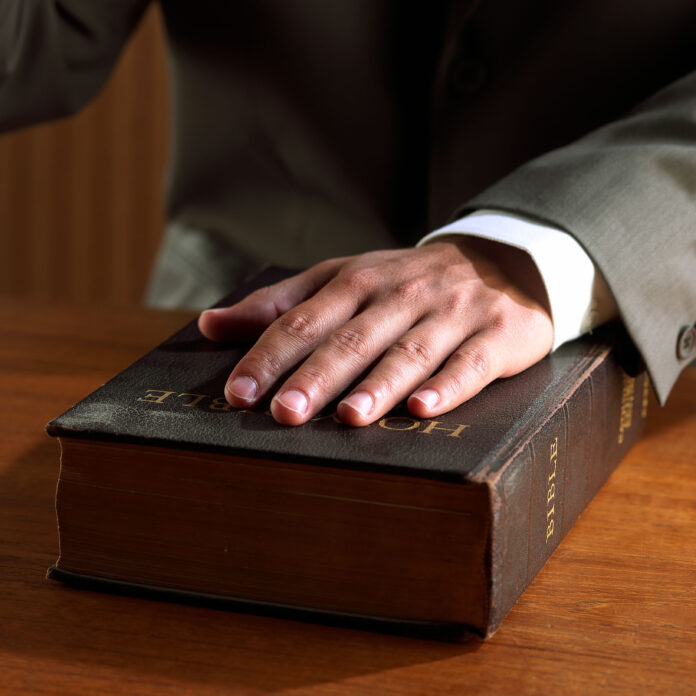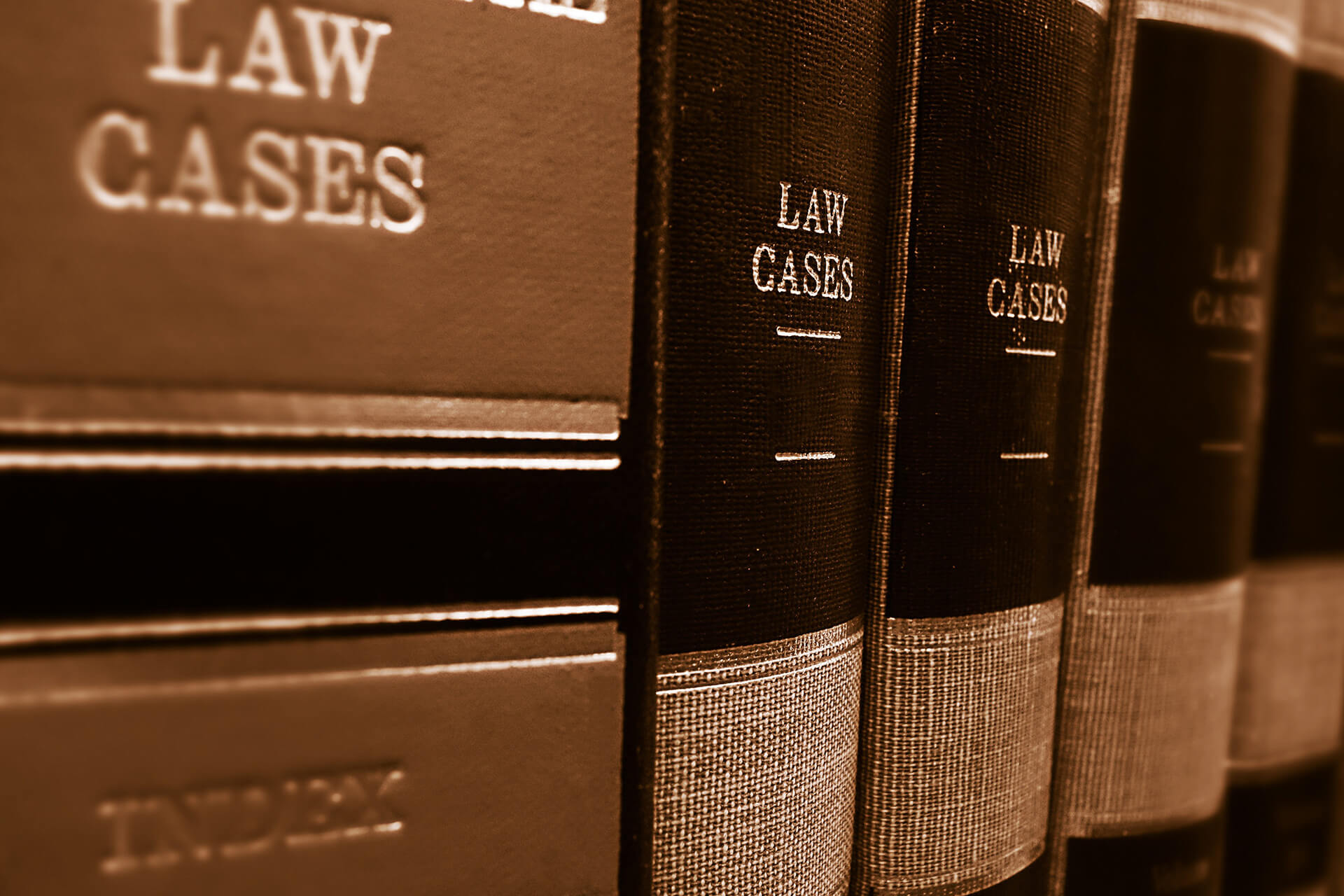
The 16th century was a busy time. Nicholas Copernicus launched the Scientific Revolution when he published his theory that the earth, long thought to be the center of the universe, instead revolved around the sun. Martin Luther nailed his Ninety-five Theses against papal indulgences on the door of the church at Wittenberg, Germany. And the law changed to bar parties from giving sworn testimony in their own cases.
The Evolution of Court Testimony
It would be difficult to choose which event was more cataclysmic. For this column, however, we will focus on the credibility of parties testifying in court.
At that time, it was taken as a truism that a person with a stake in the outcome of a suit could not be trusted to tell the truth. The rule preventing party testimony during a trial achieved two worthy goals. First, it protected the court from deception. Second, it prevented the party from “sliding into perjury.”
A century later the rule had expanded to also disqualify any non-party who had an interest in the outcome. And that would be the common law for the next 200 years.
Eventually the law evolved to embrace the idea that the court and juries could be trusted to discern truth. Under this theory, all evidence should be taken at what it may be worth. The first break occurred in the 1800s when non-party interested witnesses were allowed to testify. Then, in England, Lord Brougham’s Act of 1851 expanded it to permit parties to testify in their own civil cases.
That concept quickly jumped the pond to America where, by 1900, civil parties were competent to testify in both federal courts and state courts.
Testifying Today: The Credibility of Interested Parties
Gone, apparently, was the perception that a party may be motivated to lie to win his or her case. Gone, too, was the idea that the court must be protected from such deceit. Nowadays, parties – except those suffering from a legal incapacity – testify all the time in their own cases. Indeed, it would seem odd if a party did not testify.
That does not mean a party’s testimony has to be believed. A fact finder, be it judge or jury, has the sole right to decide if a particular witness – which includes a party witness – is credible.
Consider the probate case concerning the testimony of a woman who claimed she had been the common-law wife of the decedent and was therefore entitled to half his estate.
At the jury trial, the woman testified that, while they were living together, she and the man had agreed that they were married and had even signed a document confirming it. She said that the document, and all the photos of them together, had burned up in a house fire that had occurred just days after the man’s death. The other side, however, called several good friends of the man to testify. They testified that the man never intended to be married and that he had never claimed that the woman was his wife. They said they never saw the man and the woman interact as a couple. According to them, the pair merely lived together.
Who did the jury believe? Not the woman.
The appellate court noted that the woman’s testimony was controverted. It was reasonable, the court said, for the jury to have found the woman’s story not credible.
We have come a long way since the 16th century. You may be able to tell your story in court – just don’t count on anyone believing it.
Do You Need Legal Assistance? Hammerle Morris Can Help
Schedule a consultation with one of our experienced attorneys to discuss your options.
Attorney Virginia Hammerle has practiced litigation and estate planning for 40 years. She is founder and managing attorney for Hammerle Morris Law Firm.



